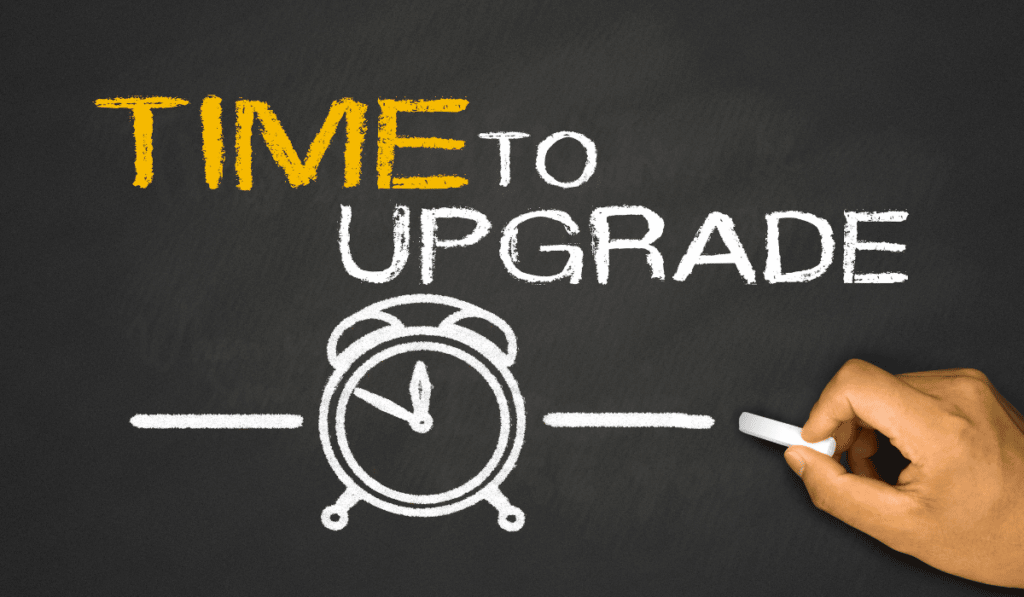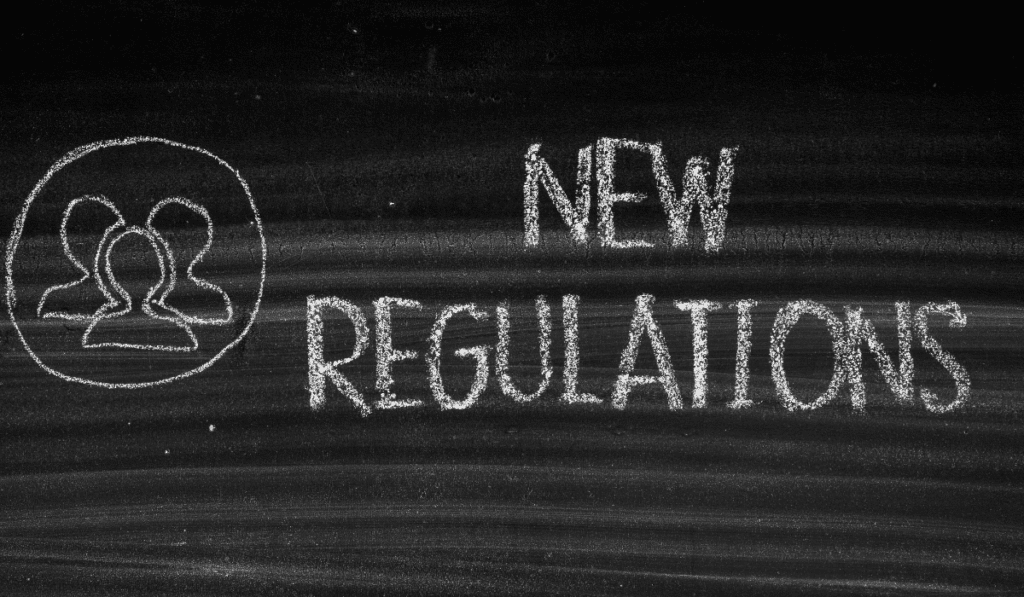Key Reasons to Inspect Your Unused Drone Assets
Without routine maintenance, those unused drone assets you keep stored can deteriorate and stop working, leaving you grounded when you need them most.
It’s easy to forget about those unused drone assets you keep sitting on your shelf. And yet, you might need them someday.
When I first started my own independent drone business in 2017, I purchased several drones. Coming from a military background, I always thought of the importance of redundancy.
For this reason, I purchased a DJI Phantom 3 and a DJI Phantom 4. The Phantom 4 was the primary drone I used, and most of the time, the Phantom 3 sat in its box.
When I was hired by one of my first important clients they were eager to watch me fly, as drones were very new to them. When I powered on the Phantom 4, it had a significant error. Unfortunately, after investigating the issue, it needed to be sent to DJI for repairs.
I quickly brought out the Phantom 3, expecting it to operate just like it did the last time I flew it. It had been in storage for at least six months.
Regrettably, the firmware had not been updated. And because we were in a remote area, there was no signal to download the update. Even further, the gimbal was having issues because I stored it with the clamp on wrong.
Needless to say, we didn’t fly that day.
Thankfully, I flew the next day and because of my client’s unfamiliarity with drones, they attributed the previous day’s issues to the technology – and not my lack of professionalism.
The key takeaway was that I have never again left my drones sitting in a box without performing regular preventive maintenance on them.
If you have drones in your fleet that regularly go unused, should seriously consider implementing a preventive maintenance cycle.
Why Does It Matter?
Aside from avoiding embarrassing situations like the one I found myself in back in 2017, equipment sitting around and neglected can cause safety issues. Depending on how your UAVs are stored, corrosion and mechanical wear and tear can easily degrade the reliability of your drone.
Moisture, dust, and temperature fluctuations can wear down drone components even as they remain sitting on a shelf.
Like any machine, if parts of your UAV are not functioning properly, the aircraft can become unsafe. This is especially true for the LiPo batteries most commercial drones use as their power source.
Batteries left unchecked can bulge and become dangerous. In fact, it’s not uncommon for batteries in this condition to catch fire or explode midair.
The last thing you want is to cause an accident because your equipment was not properly maintained.
Thankfully, this is an easy problem to mitigate through routine inspections. And, it’s much easier to deal with than recovering from an accident that damages property or worse, injures people.
Where To Start
The foundation of your preventive maintenance program with regards to unused drone assets starts with the manufacturer.
Most drone OEMs provide users with guidance regarding the care of their drones.
Proper storage techniques, safe temperature ranges, and a list of repairs that require certified professionals are commonly included with a drone at the time of purchase. In the absence of recommendations from the OEM, consult the advice of experts in the field.
Consider developing a quarterly, or at least annual check of all unused drone assets, even if they have not been used since the last inspection.
Preflight checklists offer a great template for conducting these inspections. Typically, a checklist includes visual inspections of all components, updating current firmware, motor startup, and verification that the drone and remote have a successful connection. You can of course add to these, but they are a great place to start.
Should You Get Rid of Unused Drone Assets?
Another consideration during these inspections of unused drone assets is the cycling out of drones.
Like any mechanical device, UAVs have a shelf life.
Of course, the longevity of your particular assets depends on a number of factors. So, you’ll need to check with the manufacturer for guidance. Once you have determined the shelf life of your drones, use these routine inspections to decide which drones have outlived their usefulness and ready to be replaced.
This may coincide with the asset reaching its depreciation value, or when the technology is not as capable as more modern drones.
Key Takeaways
It’s easy to forget about those drones you keep sitting on a shelf.
But, like any tool, drones wear down over time. If left unchecked, aging drones can pose a serious safety issue for you and those you work with.
Taking the time to routinely inspect your unused fleet can save you many headaches down the road. A quarterly or annual check will take very little time and more than pay for itself in the long run.
—
So, are you ready to take advantage of drones for your organization? If so, how do you get started? Do you hire out or bring your drone program in-house?
At Consortiq, we help you find a better way with drones, from consultation and program implementation to actually doing the work for you.
Ready to learn more? Just complete the form below to schedule a risk-free consultation!

David Daly - Contributing Author
David Daly, is an award-winning photographer/writer and licensed (FAA) Commercial sUAS pilot. A graduate of the United States Naval Academy, David is a former Marine Corps officer with a BS in Oceanography and has earned his MBA from the University of Redlands. David has worked for Fortune 100 companies and has a background in aerospace, construction, military/defense, real estate, and technology.
Ready to Utilize Drones For Your Organization?
Contact Us Today to Get Started!




